Leyland Beaver-Eel
 Armoured Truck (1940) United Kingdom - c340 built total
Armoured Truck (1940) United Kingdom - c340 built total
Development
The summer of 1940, post-Dunkirk was the most worrysome period in British History, perhaps with the coming of the Invincible Armada centuries before, or Napoleon at Boulogne waiting to cross the channel. The British army left behind its heavy equipments, tanks and all sorts of vehicles in order to repatriated in tme the bulk of its battered, but not defeated professional army. However when it was all over with the boys home, there was no time for feasting: The situation in case of an invasion, now planned by Hitler (Oeration Sealion) was dire. To face numerous panzerdivisions, the British Army was left with very little. So Lord Beaverbrooke and Admiral Sir Edward Evans planned an emergency measure for the defence of Great Britain, capitalizing on every possible asset. Fortunately the state of the industry and network of workshop was able to convert any types of commercial vehicles into useful armed and armoured ones, bying time for a defence which was left in the hands of the RAF as the Battle of Britain begun.The Leyland Beaver-Eel was one of such many armoured vehicle types designed in 1940 on orders of Lord Beaverbrook under the threat of invasion. The recent Lelyand Retriever truck were thought after for a hasty conversion, and first prototype was designed, built and tested before being approved. Deliveries started within just 10 days after Admiral Evans's visit to Leyland Motors in June 1940. Leyland was tasked thus, to built 250 Beaver-Eels in the factory. The remainder were given to Derby Litchurch Lane Works (formerly Derby Carriage and Wagon Works), railway rolling stock factory in Derby, some 86 at London, Midland and Scottish Railway's Carriage Works.
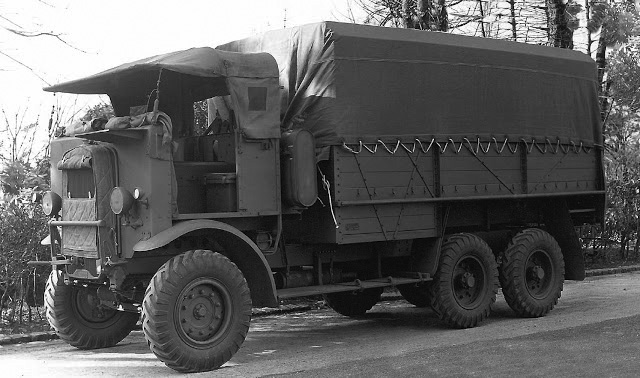
Design
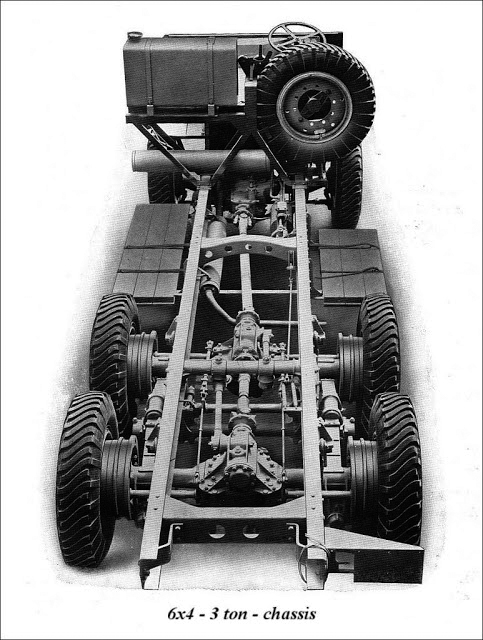
Chassis
Hull
The Beaver-Eel was essentially fitting an open topped armoured body mounted over the Leyland Retriever 3-ton 6x4 lorry chassis. A solid frame was welded all around the chassis ladder, over which were bolted on a serie of plates, eight per side, one for the back, and two for the front nose which had a beak, plus the cabin above protecting the driver and co-driver which at on both sides of the engine. The beak nose was optional as the vehicle had an "internal engine" configuration with only the radiator protruding from the front. Now there was an armour plate in front, a shape was chosen to allow air to circulate in front of the radiator and there were louvres in front of the plate.The cabin had sloped plating on all three sides, but was open at its rear. The front had two armoured shutters, with sight slits, and two swinging covers for the side slits. Vibility was very poor in any case. For access, inside as the design was simplified, a ladder was installed on either side to climb into, which was stored inside. The flatbed was left bare to receive various weapons systems adequate for AA defense; However since stores were barebones after the losses in France, reserve depots were pillaged (see later). The Beaver Eel was indeed relatively long (the original truck was 6.85 m (269 inches), now it was around 7.20 m) for 89 inches in width and nearly four meters tall at 3.50 m (138 inches). With its add-on side skirt plating (by the way, thickness was probably boiler plate type, 5-6 mm all around).
Engine, drivetrain and performances
Total weight, battle ready is unknown, probably around ten tons. The Crew comprised the Driver and co-driver or unit commander seated in front, and 5-6 gun crew depending on the oridnance used and composition. Propulsion was a 4-cylinder liquid cooled petrol engine with a capacity of 5.895 cm3 (360 cu in) for an output of 73hp at 2.120 rpm. If it was okay to carry a three tones payload, this was probably close to the weight of the armoured body alone, not counting the AA gun and ammunition storage. The vehicles had leaf springs and an ingenious with twin rear drive axles, both articulated.Top speed of the original on road was circa 50 kph, and perhaps down to 40 on this version. It had some off-road capabilities, but this surely reduced its useful range at high regime, since there was a single tank with 141 liter (31 gallons) or gasoline, for an original Range of 312 km (195 miles), probably below 300 km after conversion, again, on roads only. It was not an issue as the vehicle used roads to link between airfields, and still had its off-road capabilities when leaving these to take positions around the numerous grassy airfields created during the Battle of Britain.
Armament
Taking just 300+ vehicles for conversion over a total of 6,542, all variants combined, of the Leyland Retriever produced until 1945 was not a great toll on the industry. Of course, the Beaver Eel had issues, notably being open top at the rear, exposing its crews to strafing fire. As for its usefulness, they were equal to the type of armament carried: The vehicle was armed with whatever was available, but the most common was a Swiss 20mm Oerlikon FF autocannon. It was an earlier version of what became later the famous Oerlikon Mark I AA gun, in complement to two pintle-mounted 0.303in machine guns. However there were variants. Apart the single Hispano-Suiza 404 20mm cannon behind mask, some mounted a Coventry Ordnance Works (COW) 37 mm (1.5 in) autocannon. These were vintage weapons. There was an extra Lewis gun usable from the cab also. As years went on, the vehicle continued to stand guard and it is likely that they received the latest 20mm Oerlikon, naval pattern and shielded instead of the HS404 by the end of the war. As a reminder, stats were:Hispano HS404
From RAF stocks, these were Gas operated, with a rate of fire of 700-750 rounds/min, muzzle velocity 840–880 m/s (2,800–2,900 ft/s) and fed by Drum magazines of 15 rounds or more.1½-pdr COW Gun
It entered service in 1918, at first as light ship-borned fast firing gun, and later refined in the interwar to be used on airplanes, but was not very successful, only a handful were used by some seaplanes. It weight 200 pounds (91 kg) for cradle, gun & breech for 91.8 inches (2.33 m) in lenght, 75 inches (1.9 m) barrel alone, firing a 37x190R HE 1 lb 7 oz (0.65 kg) HE or armour-piercing 1.457 in shell. The action was automatic, with long recoil but the rate of fire was low at 90 rpm. Muzzle velocity was good at 1,950 ft/s with a greater effective range of 4,500 yd (4.1 km) and reload used 5 round clips.Versions
Beaver-Eel [20mm], Version fitted with HS404 20mm cannon.Beaver-Eel [1½-pdr], Version fitted with 1½-pdr COW Gun.
Beaver-Eel [MG], Version fitted with Machine-guns only, Lewis 0.303 air-cooled on pintle mounts.
Beaver-Eel specifications | |
| Dimensions | c7.20 x 2.27 x 3.45 m (c283 x 89 x 136 inches) |
| Total weight, battle ready | Unknwown, c10 tonnes |
| Crew | 2 (Driver, co-driver), c3-4 gun crew |
| Propulsion | 4-cyl. liquid cooled petrol 5.895 cm3 (360 cu in) 73hp/2.120 rpm |
| Suspension | Leaf springs |
| Speed (road) | c40 kph () |
| Range | 141 liter (31 gallons), Range -300 km (180 miles) |
| Armament | 20mm Oerlikon FF/1.5 COW gun, 2x Lewis LMGs |
| Armor | 6 mm all around. |
| Total production | c340 |
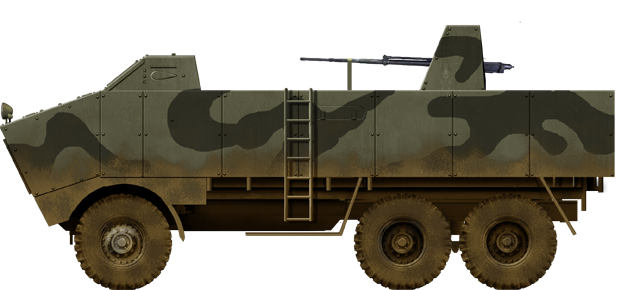
20mm Oerlikon FF gun version
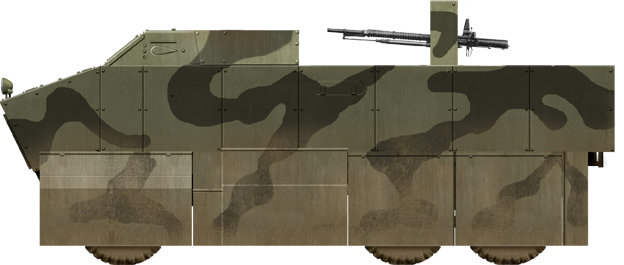
RAF truck with 1½-pdr COW Gun and extra armour
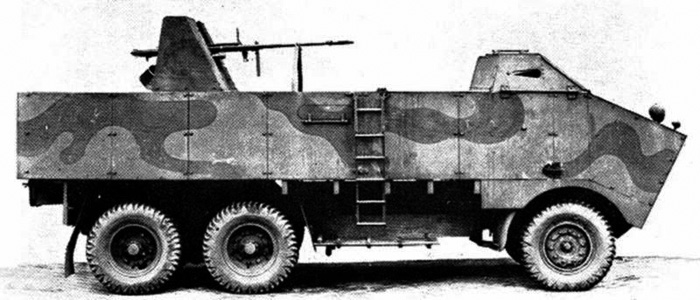
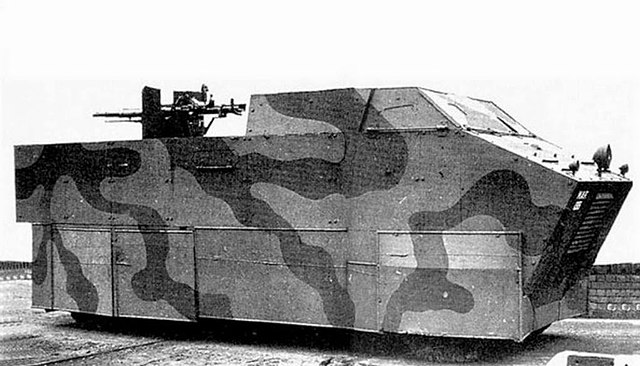
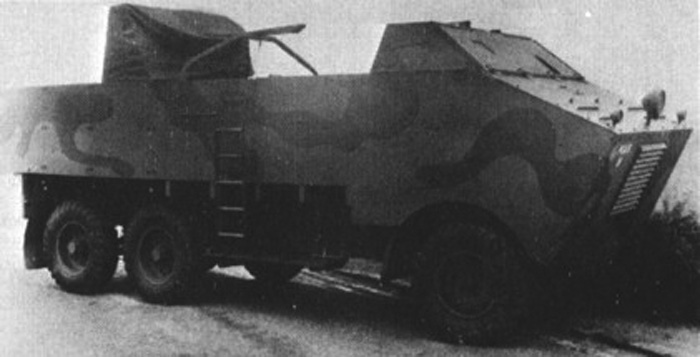
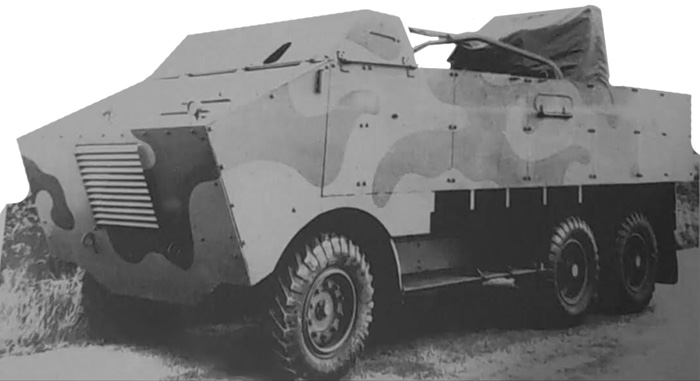

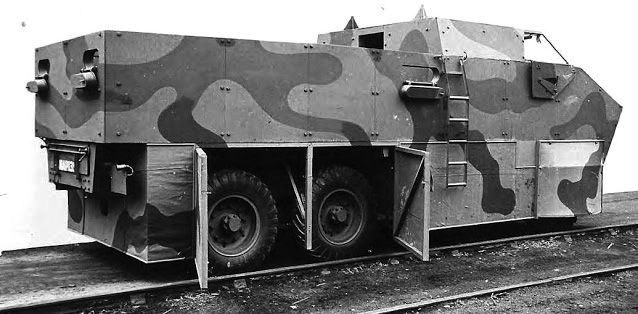
Read More
Books
David Fletcher, The great British tank scandal: British armour in the Second World War, London: Her Majesty’s Stationery Office, 1989Michael Seth-Smith, The long haul: a social history of the British commercial vehicle industry, London: Hutchinson Benham Ltd, 1975
Brian Terence White, British tanks and fighting vehicles, 1914-1945, London: Ian Allan, 1970
Leyland Motor Corporation Ltd, Leyland: seventy years of progress, Leyland: Leyland Motor Corporation, 1967.
Links
forum.axishistory.com/Leyland C Type Beaver Eel 1940 A Short History
www.britishbadgeforum.com
http://panzerserra.blogspot.com
nevingtonwarmuseum.com
en.wikipedia.org
Video - Leyland Beaver Eel
ibiblio.org
military.wikireading.ru
Videos

WW2 Tanks




























WW2 tanks posters

All Tiger tanks liveries.

Panther liveries and variants

WW2 Armour - All tanks











Tanks aces and single tanks series

Find more there

Museums, Movies, Books & Games
The Tanks and Armor in pop culture
Tanks and armored vehicles in general are only really grasped when seen first person: The mass, the scale, it's all there. Explore also the way tanks were covered in the movie industry, in books and in video games.Movies:
Best tanks movie on warhistoryonline.com
On imdb.com
On bestsimilar.com/
miltours.com
liveabout.com/
watchmojo.com
Video Games:
pcgamesn.com
historyhit.com
levvvel.com
vg247.com/best-tank-games
mmobomb.com/
alienwarearena.com
